Highlights
- Lost media can refer to any form of content no longer available to the public due to various reasons.
- Some notable examples of lost media include Doctor Who episodes and classic films.
- Funimation used the idea of “Lost Episodes” as a marketing ploy for Dragon Ball GT to appeal to fans.
Lost media has become something that internet detectives have really embraced these days. From the long search for the lost pilot for the American version of Sailor Moon, to the original pilot of Jimmy Neutron: Boy Genius, to (what is looking like a very likely) search for Coyote vs. ACME, lost media has always been a thing. Before ‘lost media’ became a common term, episodes of TV shows that would be pulled from reruns (or even original airings) would be referred to as a ‘lost episode.’ These would be episodes that would no longer air or (in the case of many older Doctor Who episodes) would truly be considered ‘lost’ to the sands of time.
Yet many years ago, Funimation decided to use the idea behind lost episodes as a marketing idea when it came time to release their (for Americans anyway) new series Dragon Ball GT. Yet the whole marketing campaign behind Dragon Ball GT having ‘lost episodes’ was more of a marketing ploy than anything, and the reasons for even doing it were more complicated than fans even realized at the time.
What is Lost Media?
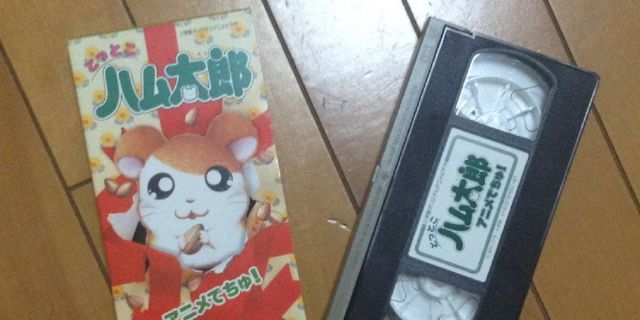
Lost media refers to any form of recorded content, such as films, television episodes, music, books, or video games, that is no longer available to the public for various reasons. The content may be considered “lost” due to destruction, deterioration, intentional suppression, or simply because it has not been widely distributed, and its whereabouts are unknown. To be clear: lost media is NOT DVD’s that are out-print-print or books that are no longer being published! Lost media is material that is unavailable in any form, and may have even be destroyed. Some examples include:
- Destruction or Loss of Source Material: Physical copies of media, such as film reels, tapes, or manuscripts, can be damaged, destroyed, or lost over time due to neglect, accidents, or natural disasters.
- Intentional Suppression: Some media may be intentionally suppressed or censored by individuals or authorities due to controversial content, legal issues, or other concerns (Coyote vs. ACME is the most recent example of this).
- Limited Distribution: In some cases, media may have had a limited release, making it difficult to find or access. If it was not widely distributed or preserved, it may become lost over time.
- Obsolete Formats: Media stored on outdated or obsolete formats may become inaccessible as the technology required to play or view it becomes obsolete.
- Lack of Documentation: Some media may be lost due to inadequate documentation or record-keeping, making it challenging for future generations to locate and preserve it (a more recent example of this is Sonic the Hedgehog: The Movie).
What is Some Notable Lost Media?
To give a better example of what true lost media is, the following is media that is lost and may never be recovered. Some notable examples of lost media that are coveted by internet detectives include:
- Doctor Who: The Tenth Planet (Episode 4): One episode of the classic Doctor Who serial The Tenth Planet is currently considered lost. It features the first appearance of the Cybermen and marks the final regular appearance of the First Doctor, portrayed by William Hartnell.
- London After Midnight (1927): A silent horror film directed by Tod Browning and starring Lon Chaney. The last known print was destroyed in the MGM vault fire in 1967, and the film is now considered one of the most sought-after lost films.
- The Patriot (1928): Directed by Ernst Lubitsch and starring Emil Jannings, “The Patriot” is a lost film that adds to the list of sought-after movies from the silent era. It is the only movie nominated for the Academy Award for Best Picture to be lost.
- The Day the Clown Cried (1972): Directed by and starring Jerry Lewis, this unreleased film tells the story of a clown imprisoned in a Nazi concentration camp. Lewis never released the film and kept it locked away, leading to much speculation and interest.
- Glove and Boots Lost Episode (2011): The YouTube series “Glove and Boots” had an episode titled “The Lost Episode,” which was intentionally taken down by the creators. Fans have searched for the missing episode, but its content remains unknown.
- J.D. Salinger’s Unpublished Works: The famously reclusive author J.D. Salinger wrote numerous works that he chose not to publish during his lifetime. Following his death, there has been speculation and interest in the possibility of discovering and releasing these unpublished writings.
What is Dragon Ball GT?
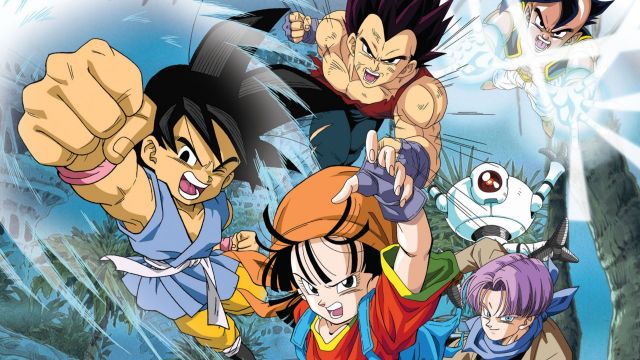
Dragon Ball GT is a Japanese anime television series and the sequel to the popular Dragon Ball Z series. It was produced by Toei Animation and originally aired in Japan from February 7, 1996, to November 19, 1997. Unlike its predecessors, Dragon Ball GT was not directly based on the manga written by Akira Toriyama. Instead, the story and character designs were developed by the animation staff. The series takes place five years after the conclusion of Dragon Ball Z and follows the adventures of Goku, who has been transformed back into a child by a wish gone wrong using the Dragon Balls.
The Series introduces new characters and features Goku, Pan (Goku’s granddaughter), and Trunks (Vegeta’s son) as they embark on a quest across the universe to retrieve the scattered Black Star Dragon Balls and prevent the destruction of Earth. The series received mixed reviews from fans and critics, with some praising its action sequences and others expressing disappointment in the departure from Toriyama’s original manga.
What Are the ‘Lost Episodes?’
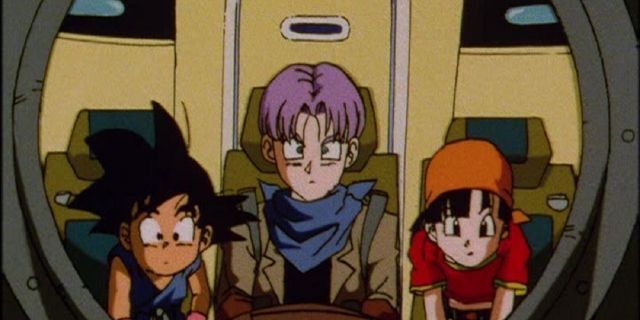
When Dragon Ball GT was first brought to the West, the first several episodes that aired on television in the United States had significant edits and changes compared to the original Japanese version. Multiple episodes were combined into one to create a “preview episode,” with the second “real” consisting of episode 15. After the series finished its run on Cartoon Network, Funimation then announced that they would be releasing the episodes that they skipped as ‘The Lost Episodes’ on DVD the following year.
Other ‘Lost’ Anime Episodes in America
While Funimation skipped several episodes of Dragon Ball GT, it would not be the only anime in America to do so. Other examples include:
- Cardcaptor Sakura (Cardcaptors): The English adaptation of Cardcaptor Sakura – titled Cardcaptors for Americans – underwent substantial edits. The original series has 70 episodes, but only 39 were dubbed and aired in the United States. Many episodes were skipped, and the series underwent significant censorship to make it more suitable for a younger audience.
- One Piece (4Kids Dub): The English adaptation of One Piece by 4Kids Entertainment faced extensive edits and changes, leading to the skipping or heavy censorship of several episodes.
- Pokemon: Several episodes of Pokemon were skipped or altered due to cultural differences, perceived sensitivities, or time constraints. The most infamous example is the “Porygon” episode, which caused seizures in some Japanese viewers and was consequently banned from airing in many countries.
- Dragon Ball Z (Ocean Dub): Not to be outdone, Funimation’s first adaptation of Dragon Ball Z had a reduced episode count, with some episodes being combined or skipped.
- Sailor Moon (DiC Dub)* The original English adaptation of Sailor Moon by DiC Entertainment skipped or combined several episodes, and the series underwent censorship to adhere to broadcast standards.
Why Did Funimation Skip these Episodes?

While Dragon Ball GT was one of the most anticipated series after the conclusion of Dragon Ball Z in the west, Funimation was concerned because the series was tonally very different in the beginning. The Japanese producers wanted to return to the humor roots of the original Dragon Ball series. This was not met warmly in Japan, and Funimation was concerned it would be worse in America. Therefore, the decision was made to skip the first fifteen episodes and begin the show when the series’ first main antagonist – Baby – comes into the picture.
This not only got the series to the action faster, but it also gave Funimation some extra episodes you could only buy on DVD. The tactic did work, as those discs containing the ‘Lost Episodes’ ultimately did sell well, and fans were happy to see bonus items like posters and trading cards included with each disc! Years after the fact, the entire series would be collected into complete series box sets the way they were always intended to be, and the series is presented complete on all the major streaming platforms. While some fans may think this whole thing is silly, you have to keep in mind that had Dragon Ball GT aired on Toonami as originally created, it could have lost the action-loving audience long before it got to the action fans in the west were expecting. Doing it this way ensured that the audiences didn’t get put off by the humorous early episodes, as well as gave Funimation some exclusive stuff for the lucrative DVD market. From the companies perspective, everyone won in this situation.
You can stream Dragon Ball GT (including the ‘Lost Episodes’) on Crunchyroll.
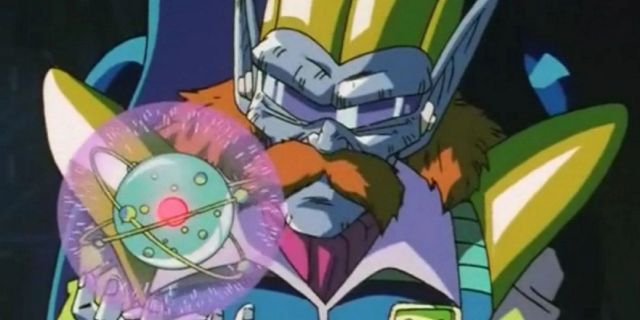









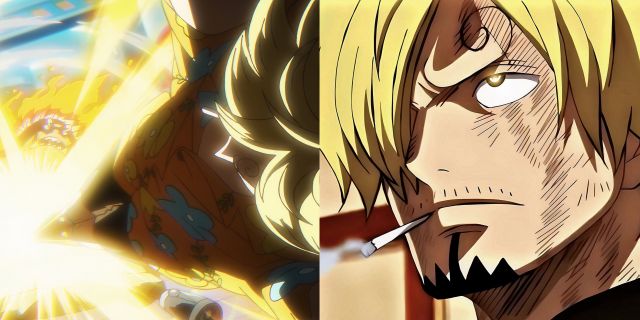
Leave a Reply